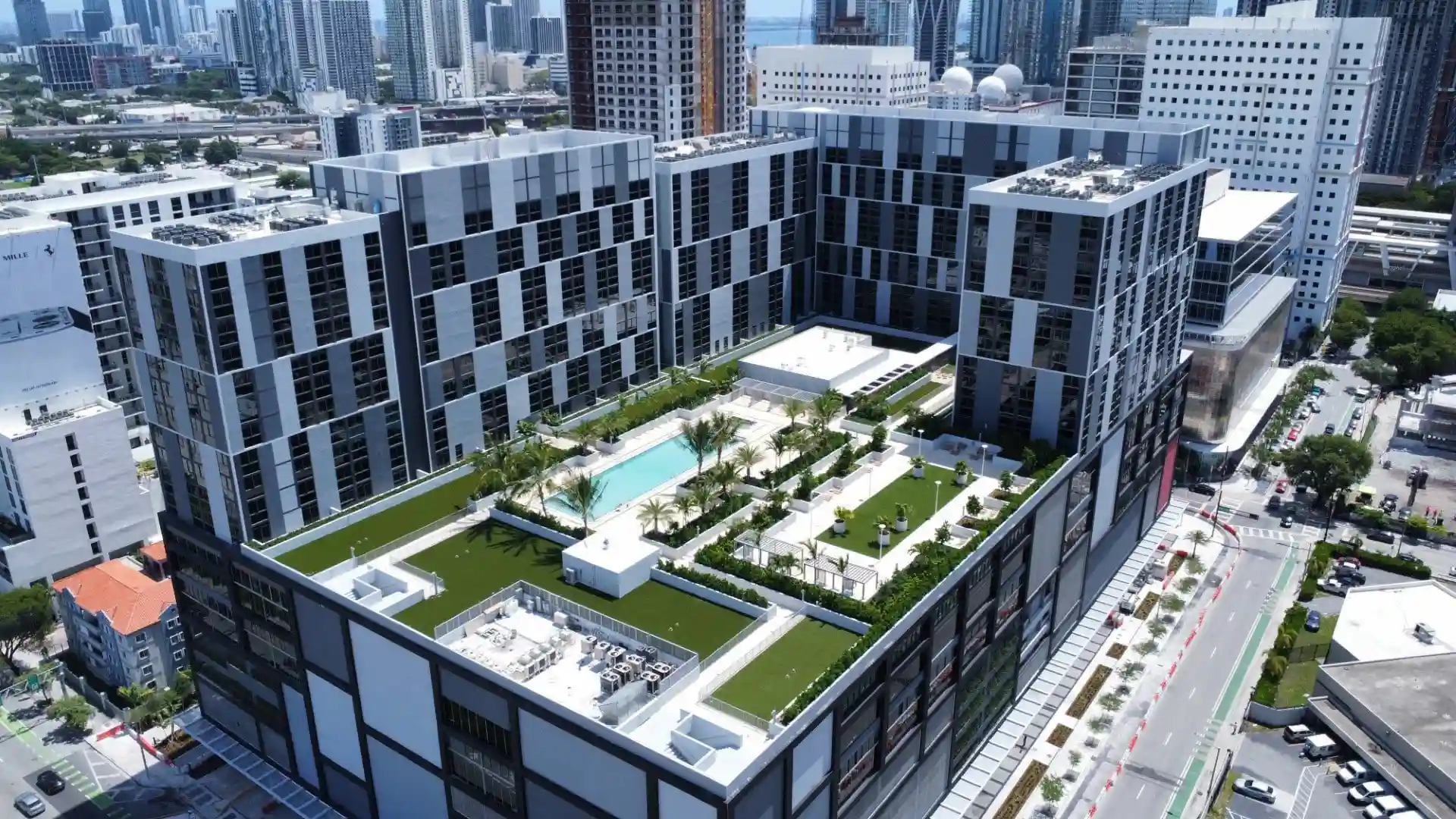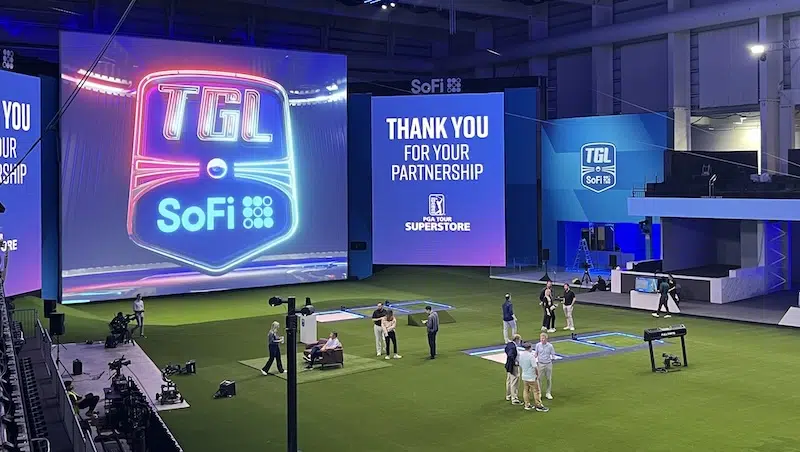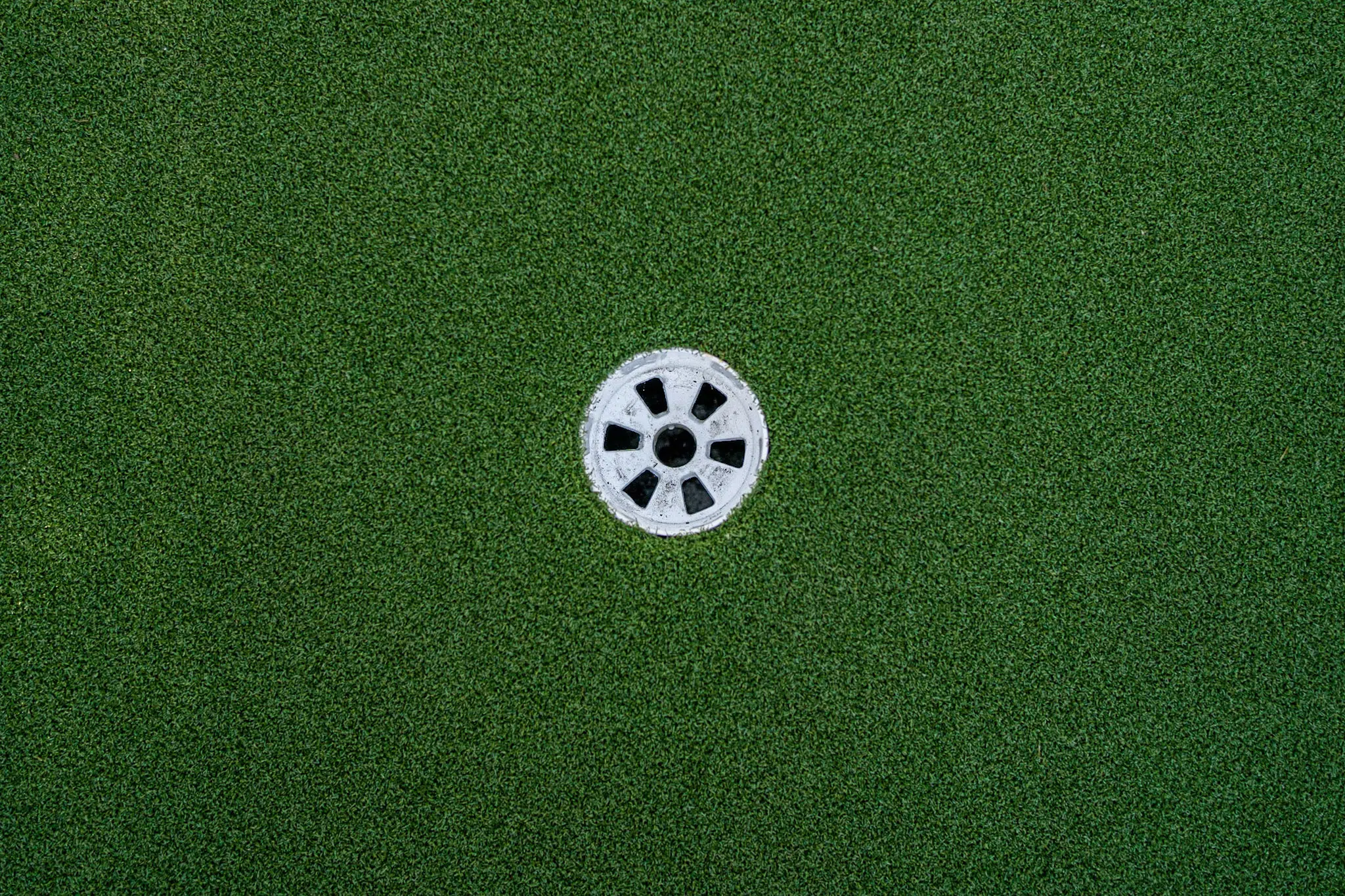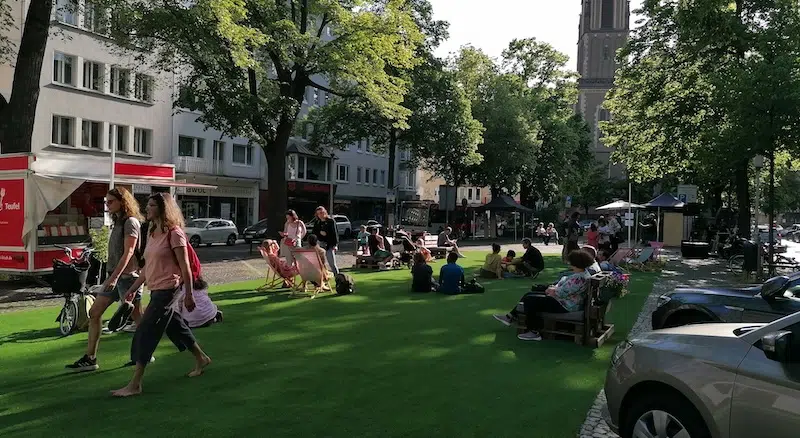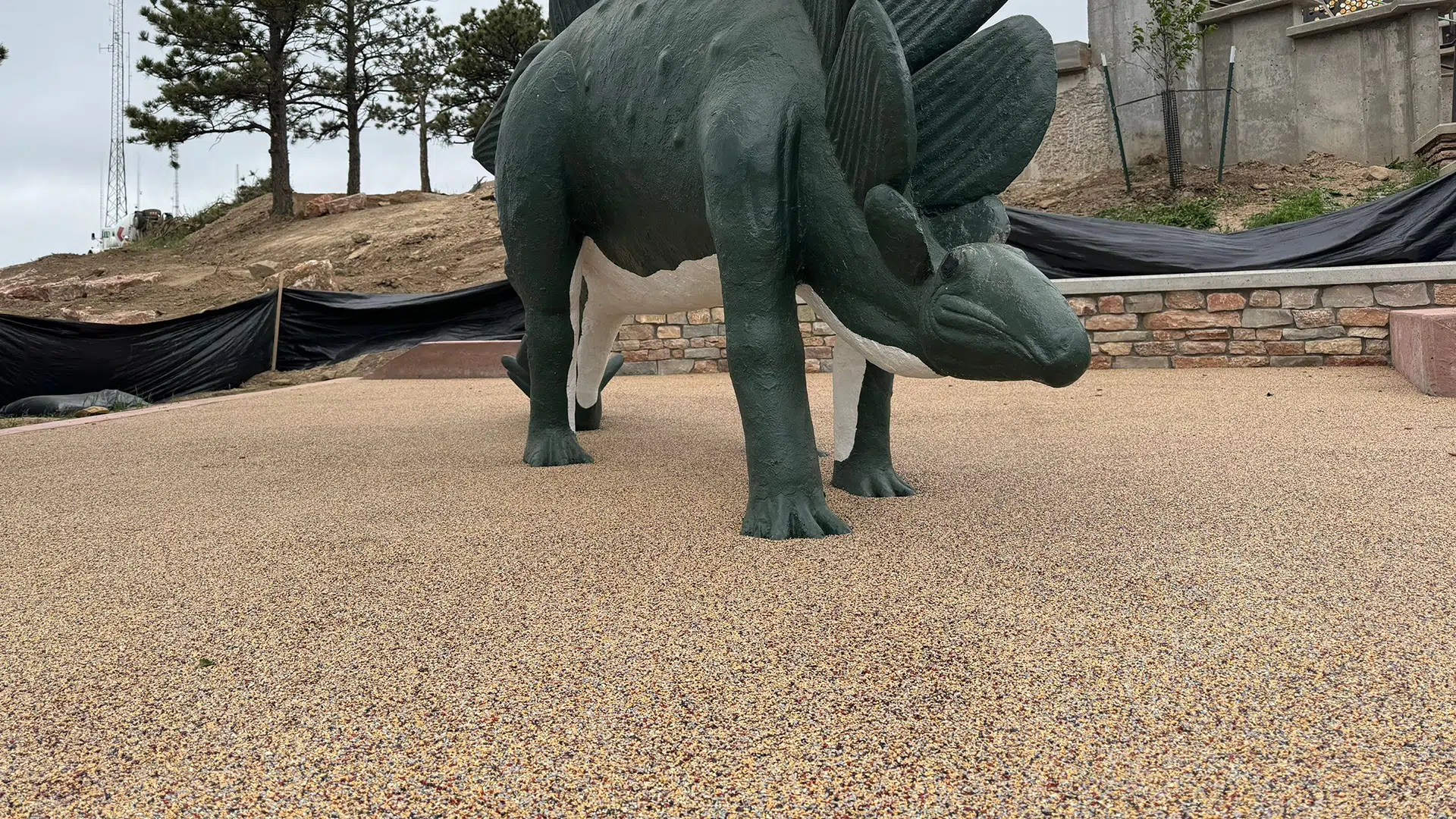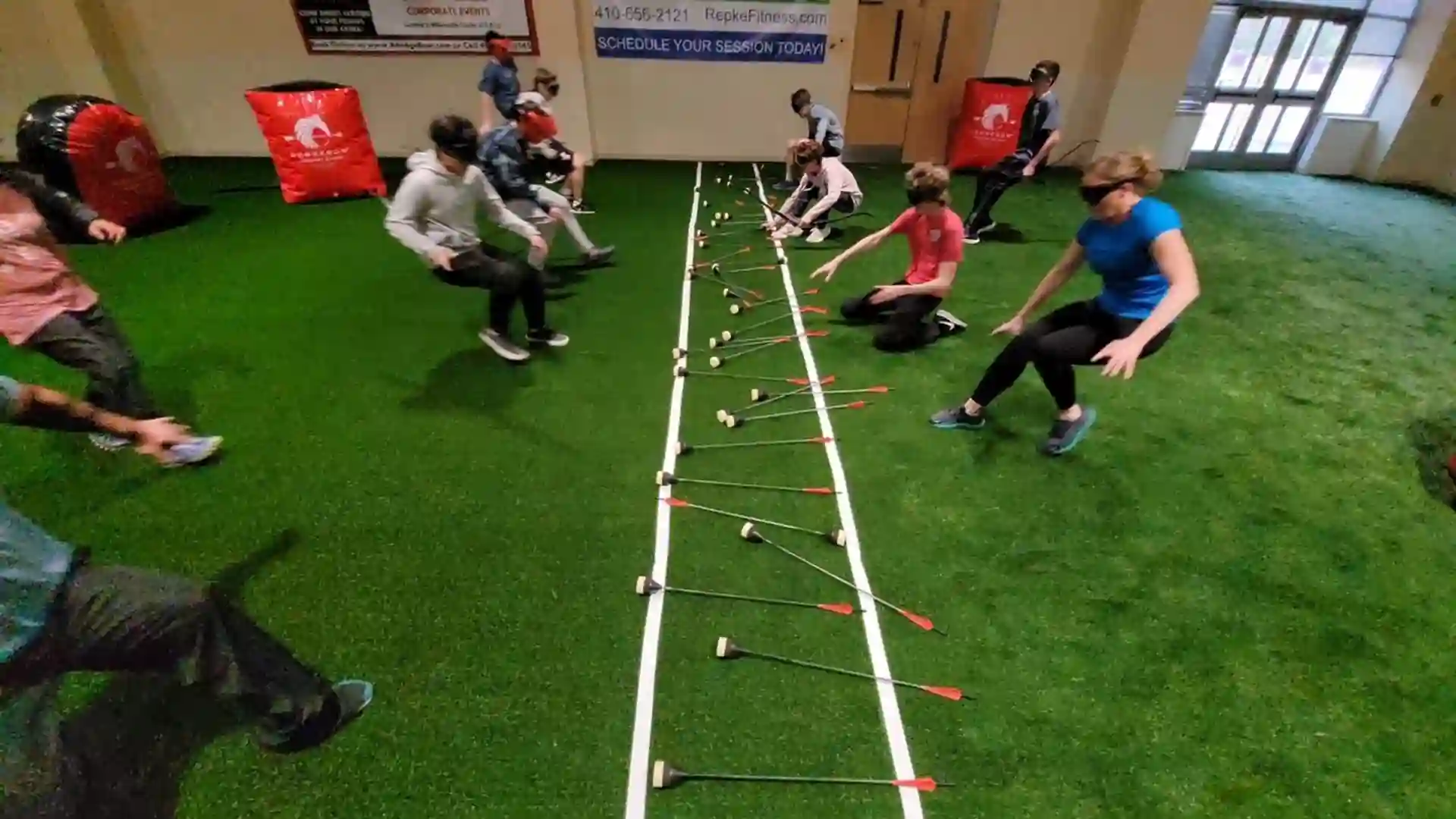
Top 6 Commercial Landscape Ideas
Human psychology is deeply influenced by order, symmetry, and visual clarity. In fact, studies in environmental psychology show that people feel safer, more engaged, and more positive in well-designed spaces. That’s why a commercial landscape design is crucial for success.
A commercial landscape sets the stage for a positive customer experience, reinforces brand identity, and improves the functionality of outdoor spaces. It can help attract foot traffic, create a sustainable environment, and add value to your property.
In this article, we discuss eight commercial landscape ideas to inspire your design.
1. Creating a Memorable Entrance
First impressions matter, and your entrance is the first thing customers, clients, and visitors see. A visually appealing, well-maintained entrance conveys professionalism, boosts brand reputation, and invites people into your space.
Originally a real estate concept, curb appeal has become a strategic tool for businesses worldwide—leading to a 12% increase in property value and attracting 7% more customers, according to this research.
Business landscape ideas for enhanced curb appeal:
- Defined pathways lined with greenery or modern hardscapes.
- Stylish lighting fixtures to enhance visibility and ambiance.
- Branded landscaping elements, such as custom signage surrounded by plant beds.
Real-world examples:
- Apple’s Flagship Stores: Often incorporate sleek landscaping, minimalist plant arrangements, and bold lighting to create a futuristic yet inviting entrance.
- Ritz-Carlton and Four Seasons Hotels: Use manicured hedges, elegant fountains, and flower-lined pathways to create a feeling of exclusivity and elegance.
2. Sustainable Landscaping
Sustainable landscaping is an environmentally responsible approach to landscape design and maintenance. It emerged from urban planning and climate adaptation efforts as cities faced droughts, water shortages, and rising temperatures. To combat these challenges, municipalities prioritized green infrastructure—an approach that businesses quickly embraced.
Today, governments offer tax incentives, rebates, and certifications like LEED, WELL, and BREEAM to encourage eco-friendly landscaping practices. As a result, more companies are integrating sustainability into their landscapes, not only to reduce environmental impact but also to appeal to eco-conscious customers and tenants.
Sustainable commercial landscape designs often include:
- Native and drought-tolerant plants requiring less water.
- Artificial grass to eliminate the need for irrigation and pesticides.
- Permeable paving and rain gardens to manage stormwater runoff.
Real-world examples:
- Google’s Mountain View Campus: Incorporates bioswales, native plants, and permeable paving to reduce environmental impact.
- The High Line in New York City: Transformed an abandoned railway into an urban park with native species, inspiring sustainable landscape designs worldwide.
3. Low-Maintenance Greenery
Low-maintenance greenery landscaping helps create spaces that remain vibrant year-round with minimal upkeep. It also has the added benefit of reducing labor and water costs, which is why it has become a common practice in regions like California, Arizona, and Australia, where water restrictions make traditional lawns impractical.
Popular low-maintenance commercial landscaping ideas:
- Native or xeriscape plants that thrive with minimal irrigation.
- Planter boxes and raised beds that can be easily replaced seasonally.
- Fully permeable artificial grass systems for efficient water drainage.
Real-world examples:
- Shopping Centers in Las Vegas and Phoenix: Integrate synthetic turf, succulents, and gravel for stylish, low-maintenance landscaping.
- University Campuses in Texas and California: Use native grasses and rock formations instead of traditional lawns.
4. Multi-Use Outdoor Spaces
Multi-use outdoor spaces transform underutilized areas into vibrant hubs for work, relaxation, and social connection. They help foster collaboration, promote well-being, and add functionality to previously unused areas.
You can design a multi-use space to serve as a shaded courtyard for brainstorming sessions, a rooftop lounge for networking, or a garden retreat for quiet reflection. These spaces are highly popular, attracting remote workers, professionals, and customers looking for unique, interactive environments.
Elements of a functional outdoor space:
- Wi-Fi-enabled seating areas for remote work.
- Green meeting spaces with shade structures and comfortable seating.
- Walking paths to encourage movement and relaxation.
Real-world examples:
- Silicon Valley Tech Campuses: (Google, Facebook, LinkedIn) have embraced outdoor lounges, Wi-Fi-equipped patios, and garden meeting spaces.
- Urban Coworking Spaces: Integrate rooftop terraces and courtyard seating areas, blending indoor and outdoor workspaces.
5. Customizing Landscaping to Reflect Your Brand Identity
Branded landscaping transforms outdoor spaces into immersive brand experiences, reinforcing a company’s identity through thoughtful design. Luxury brands, experiential marketing firms, and cutting-edge retailers use landscaping to go beyond aesthetics, crafting environments that embody their values and captivate visitors.
Note that branding isn’t simply adding logos. It means creating the atmosphere, the textures, the scents, and the overall experience. A well-designed landscape draws people in, deepens customer connections, and leaves a lasting impression that turns a business’s outdoor space into an extension of its story.
Business landscaping ideas for branding:
- Use colors and materials that align with your brand’s visual identity.
- Integrate artistic elements, such as sculptures or custom signage.
- Create themed spaces that reflect your company values.
Real-world examples:
- Nike’s Headquarters: Features outdoor installations reflecting movement and energy, reinforcing its brand identity.
- Starbucks Reserve Roasteries: Integrate green walls, organic landscaping, and wood elements to communicate sustainability and craftsmanship.
6. Interactive & Wellness-Focused Landscaping
This design approach integrates meditation gardens, sensory pathways, and green spaces to create environments that foster relaxation and well-being. Rooted in Japanese Zen gardens and biophilic design principles, it embraces the idea that nature reduces stress and enhances productivity.
Corporations, hotels, and wellness centers actively incorporate healing gardens, meditation spaces, and therapeutic landscapes to create calming retreats. These green spaces not only lower stress levels and improve focus but also supercharge employee satisfaction and customer experiences, making them essential for modern workplaces and hospitality settings.
Wellness landscaping ideas for commercial properties:
- Meditation gardens with seating and water features.
- Sensory gardens with aromatic plants and textured pathways.
- Fitness trails or yoga decks integrated into outdoor spaces.
Real-world examples:
- The Mayo Clinic: Installed on-site gardens designed to reduce anxiety and improve recovery.
- Google’s Offices Worldwide: Feature green spaces, rooftop gardens, and walking trails to boost creativity.
Conclusion
A well-planned commercial landscape is a powerful asset that enhances brand perception, attracts customers, and supports sustainability goals. By integrating elements like sustainable design and multi-use spaces, businesses can create landscapes that are visually appealing, functional, and future-proof.
Looking to upgrade your commercial landscape? Contact our experts for guidance on turning your commercial landscape design ideas into a viable solution. Our customized commercial turf solutions help businesses worldwide create unique, productive, and engaging spaces.
